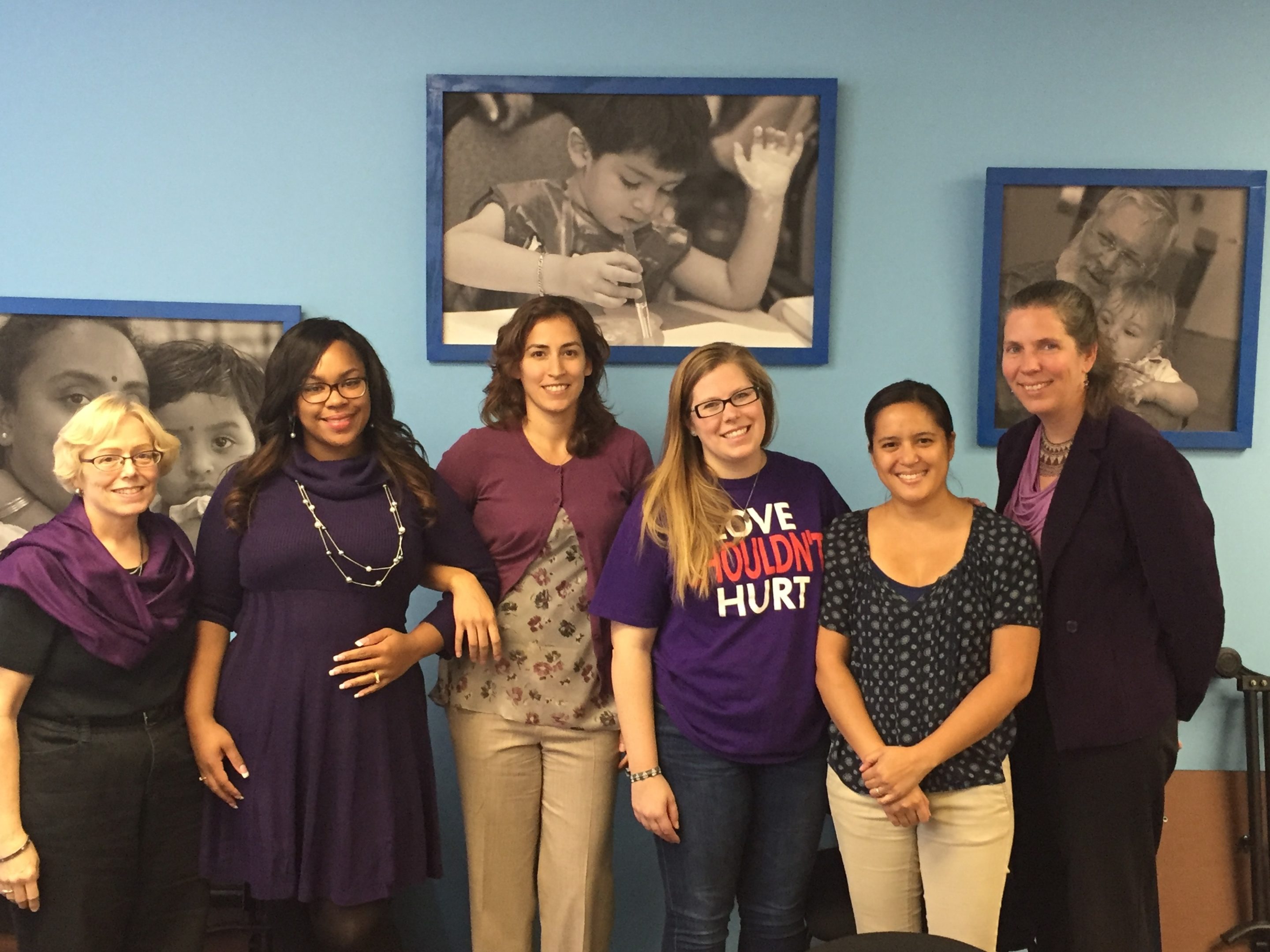October 28, 2015
 October is Domestic Violence Awareness Month and last week, on October 22nd, we wore purple to promote awareness. The color purple signifies “courage, persistence, honor, and the commitment to ending domestic violence” (NRCDV). Domestic violence is violence or physical abuse directed toward one’s spouse or intimate partner, and it causes more injuries each year to American women than car crashes, muggings, and rapes combined. It is important to be aware that spouses or intimate partners are not necessarily the only victims when domestic violence is occurring.
October is Domestic Violence Awareness Month and last week, on October 22nd, we wore purple to promote awareness. The color purple signifies “courage, persistence, honor, and the commitment to ending domestic violence” (NRCDV). Domestic violence is violence or physical abuse directed toward one’s spouse or intimate partner, and it causes more injuries each year to American women than car crashes, muggings, and rapes combined. It is important to be aware that spouses or intimate partners are not necessarily the only victims when domestic violence is occurring.
Every year at least 3.3 million children in the U.S. witness domestic violence. Children of all ages who witness domestic violence are impacted in the long term. This is a contradiction to the common assumption that the younger the child, the less likely the child will be affected.
- Infants and toddlers exposed to domestic violence can exhibit poor health and symptoms of stress. Their needs may be ignored while the parents are coping with the violence, making these babies more prone to mistrust and emotional withdrawal later in life.
- Young children who witness domestic violence often believe that they are the reason for the conflict. This perception can grow into crippling feelings of guilt, worthlessness and anxiety.
- When pre-teens see partner violence in the home, their feelings of frustration and helplessness may translate into violent or antisocial acting-out in school. Some may bully their classmates to gain a sense of power, while others may avoid relationships altogether.
- Adolescents who have grown up feeling helpless to rescue an abused parent may deliberately create situations that make them feel wanted and in control. They may recklessly seek acceptance and escape through sex, drugs or gangs.
If you know a child who is witnessing domestic violence, YOU can make a difference, potentially mitigating these long term psychological and behavioral effect. You can:
- Be a positive role model
- Be trustworthy
- Promote self-esteem
- Be open
- Help the child make a safety plan
- Know when to take action
Local Resources:
- Alexandria Domestic Violence Program (703) 838-4911
- Arlington Violence Intervention 8am-5pm (703) 228-1550 / 24 hour Crisis Line (703) 228-4848
- Fairfax County Victim Assistance Network (703) 360-7273
- Loudoun Abused Women’s Shelter (LAWS) (703) 777-6552
- Prince William (ACTS/Turning Points) (703) 221-4951
- Virginia Family Violence and Sexual Assault Hotline (800) 838-8238
For more information (including fact sheets in English and Spanish), please visit the Children and Domestic Violence page on our Parent Resource Center here.
— Sydna Cooper, SCAN MSW Intern
